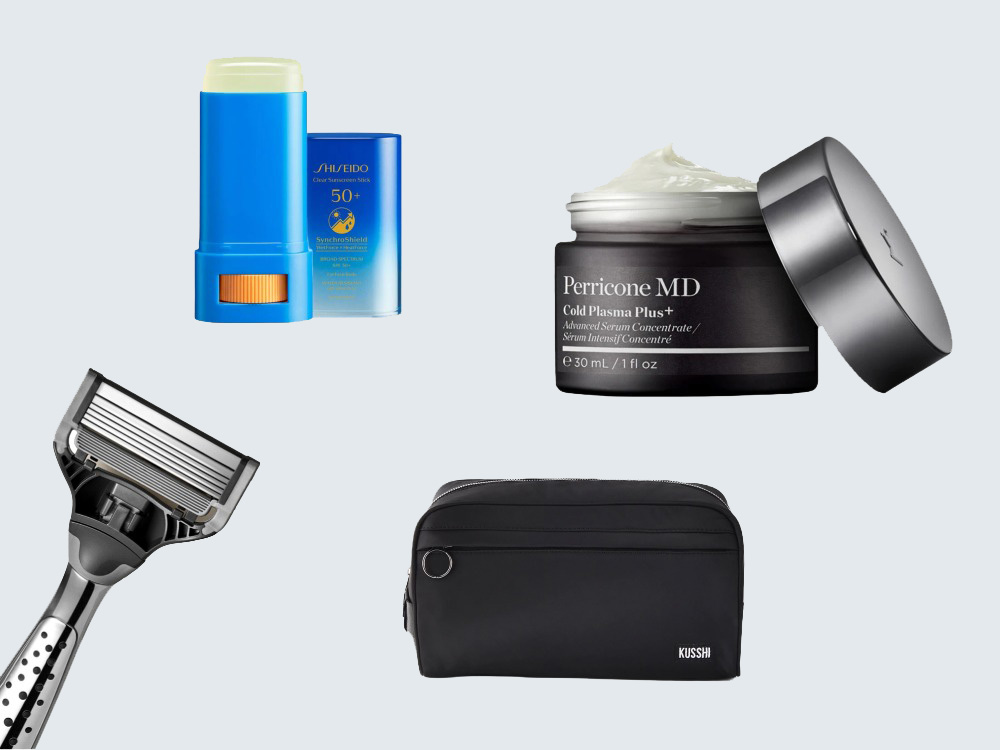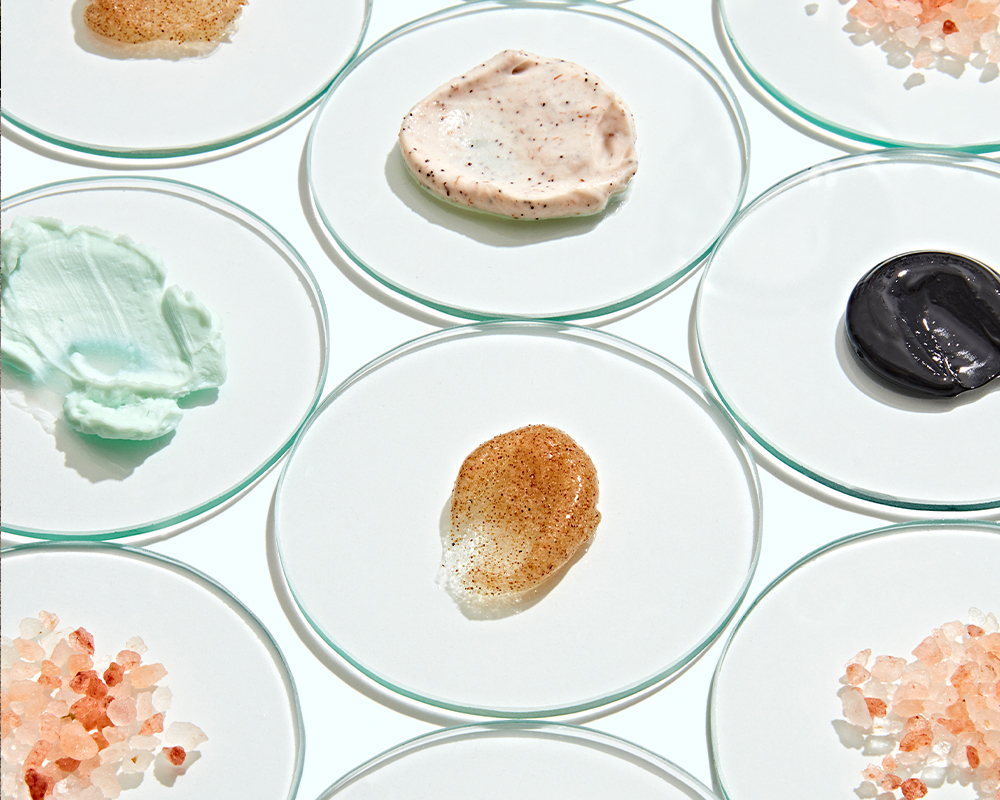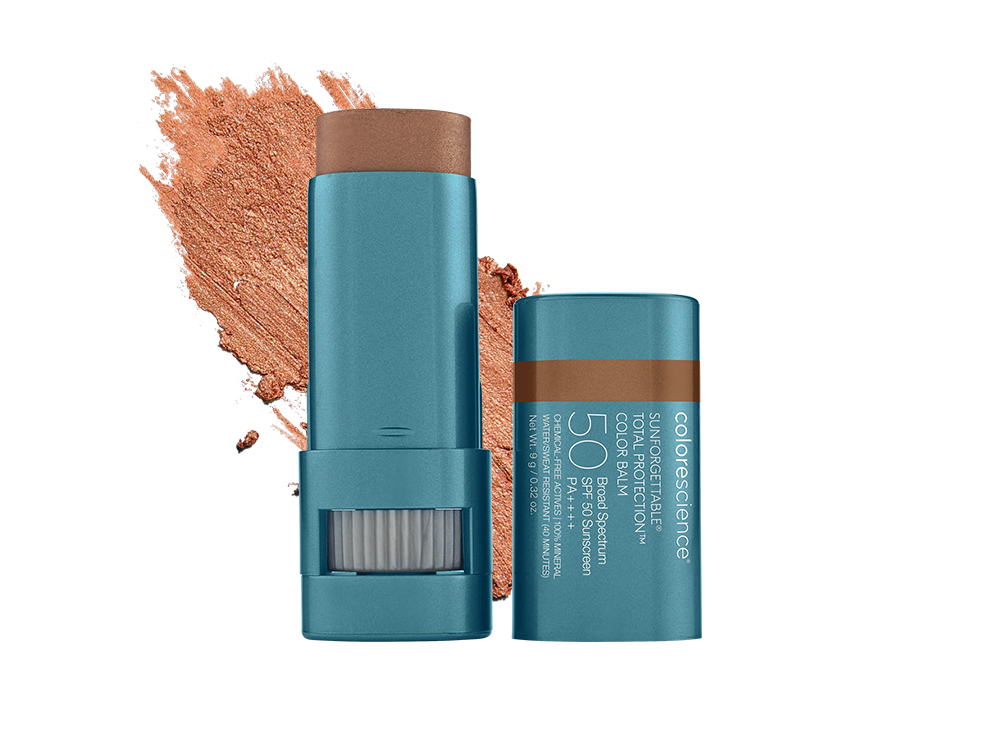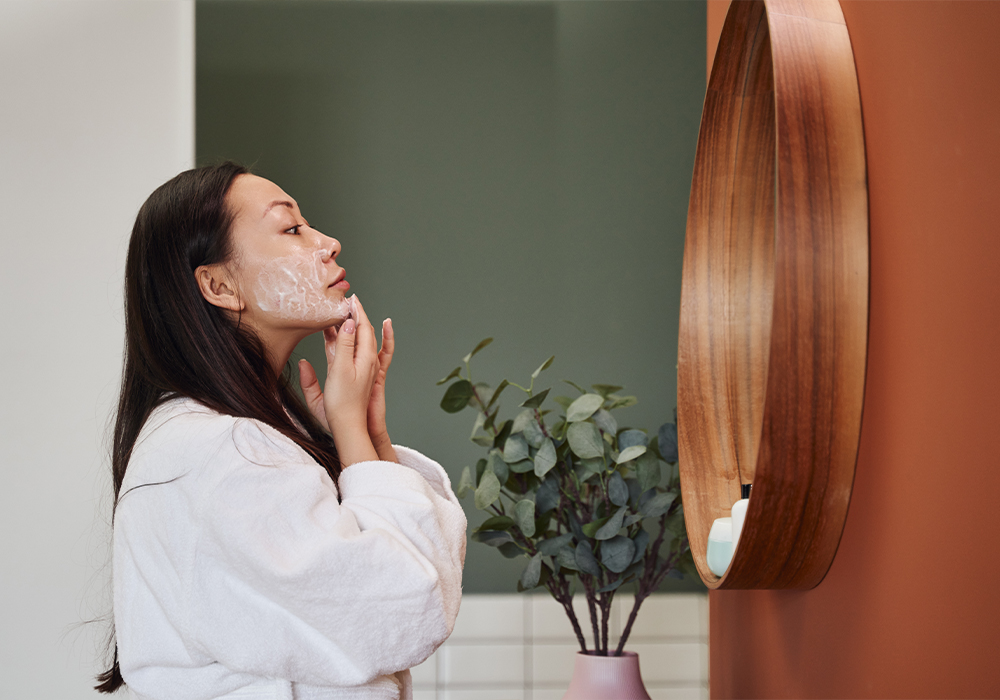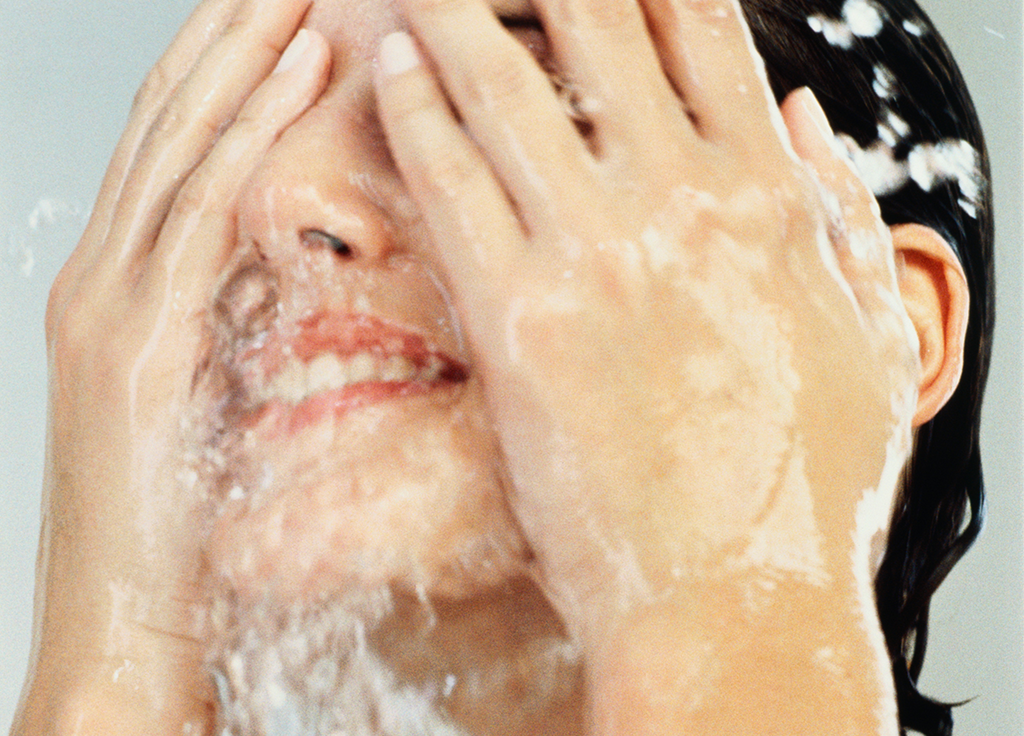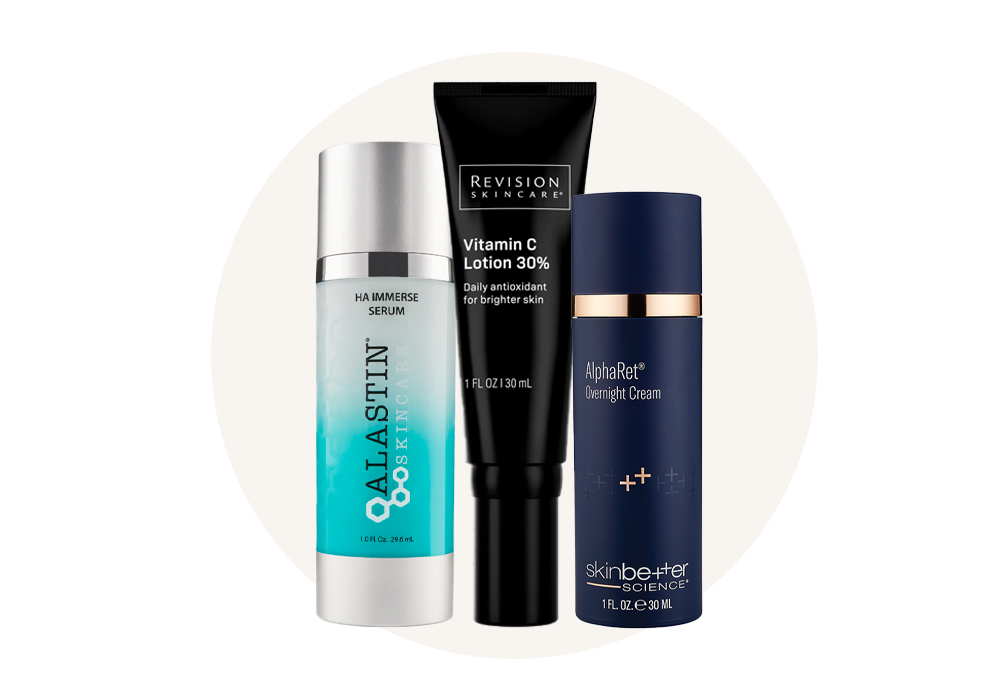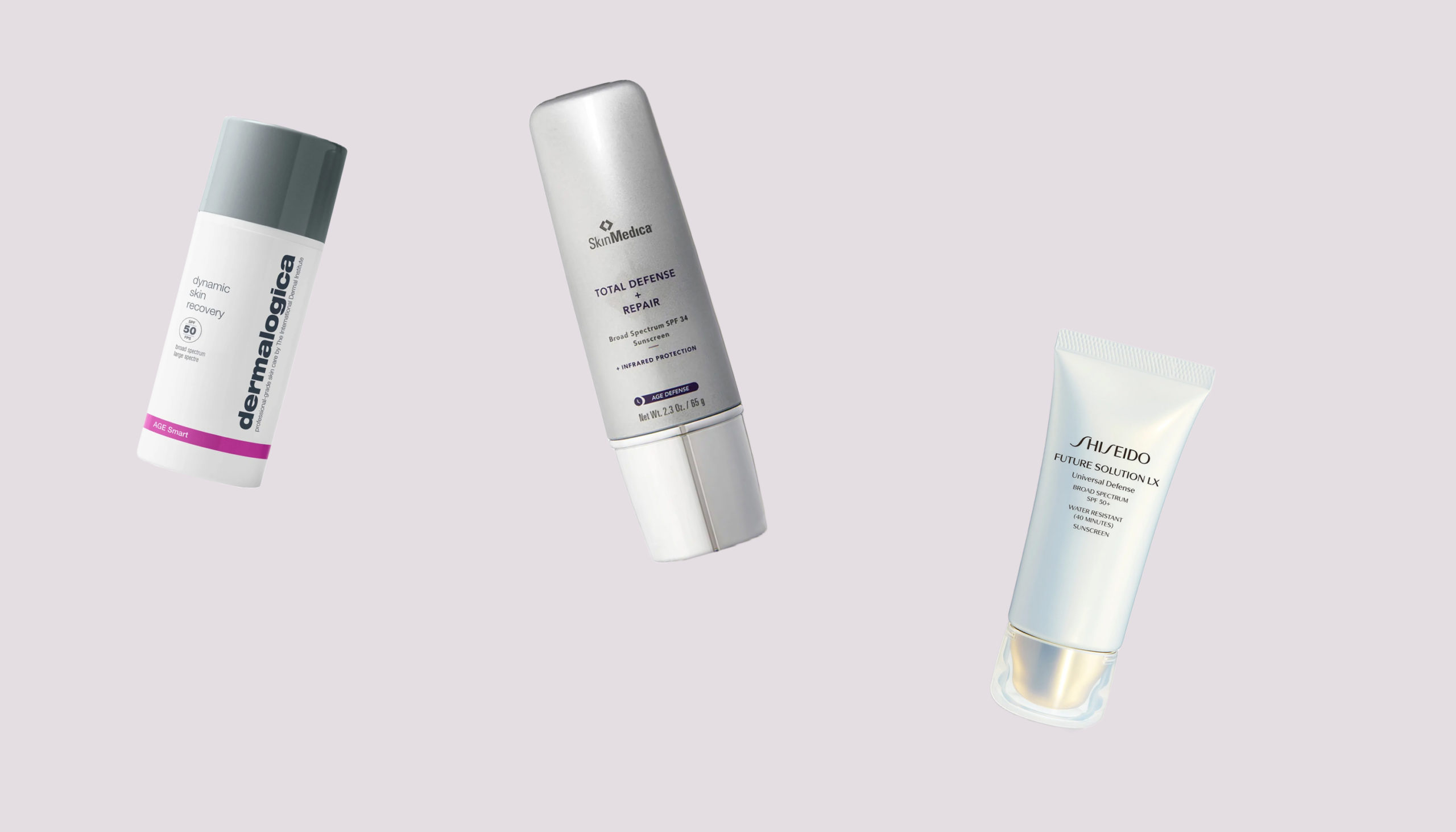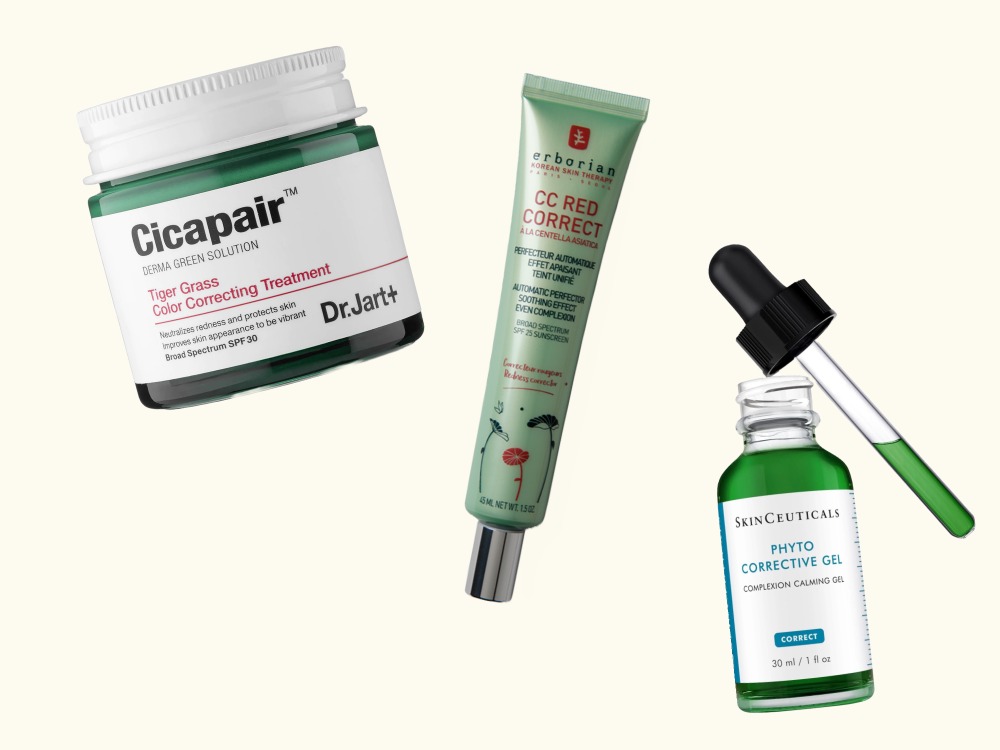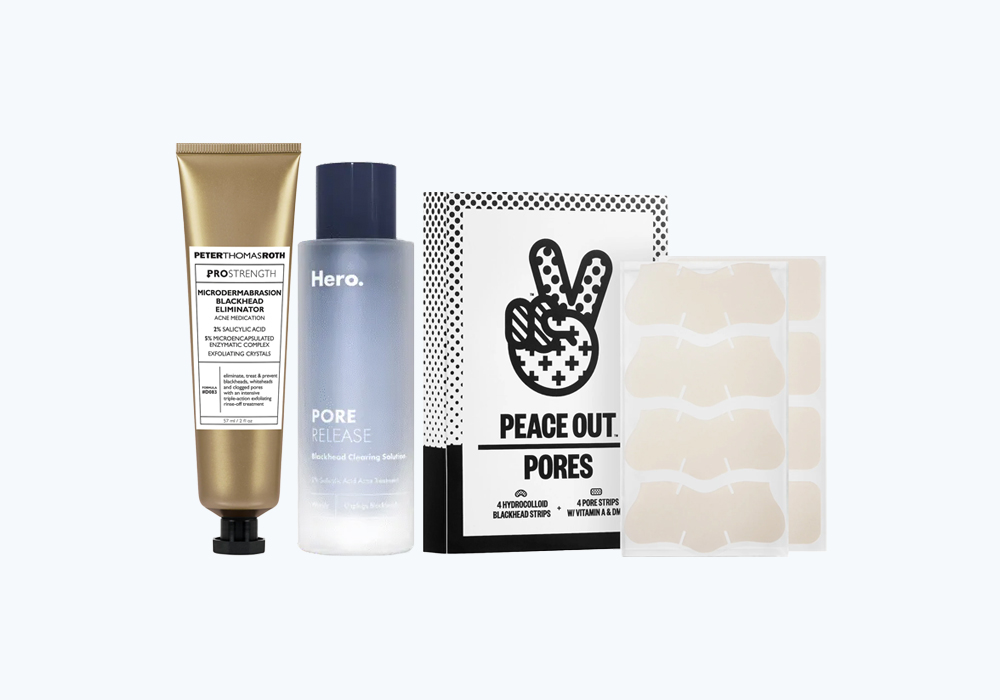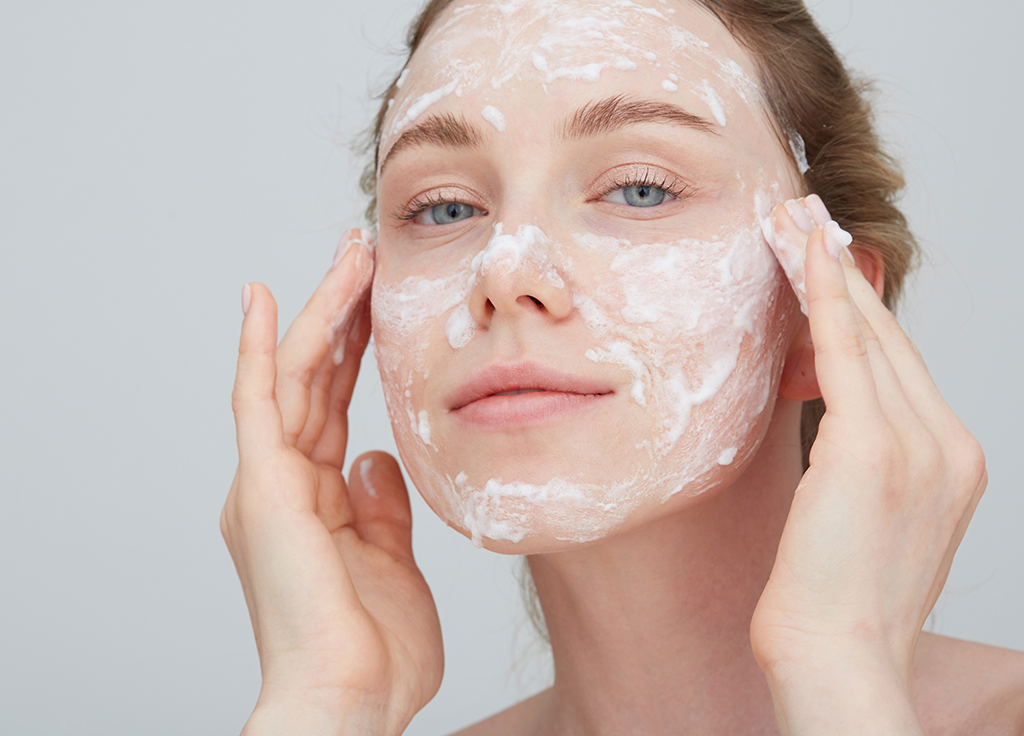We know what you might be thinking: beef tallow for skin? TikTok is forever chasing beautiful skin, and in the most recent viral craze, we’re going way back to an ancient practice: slathering animal fat on your skin.
Yes, beef tallow for skin has quickly risen in popularity as influencers tout the single-ingredient cure-all for dry skin. Some even swear you can throw out the rest of your skin-care products and rely solely on beef tallow for all your skin’s needs.
But, Is there any truth to its effectiveness?
Ingredient Profile: What is Tallow?
Beef tallow is made from fatty cuts of meat, which are cooked down and filtered into a liquid that when it solidifies, has a rich, creamy texture. Tallow can actually be made from more than just cows, so it really refers to the consistency and texture of the animal fat, including a low melting point.
At room temperature, tallow looks a lot like coconut oil, a creamy solid that starts to melt between your fingertips.
Tallow is a common ingredient in soaps and in animal feeds, but it’s also popularly used for cooking—it was even the secret ingredient to McDonald’s fries before the recipe changed in the 1990s. Historically, the ingredient has been used as a moisturizer and does have a history of use as a soothing topical for rashes and dry skin.
Beef Tallow on your skin?
Denver dermatologist Joel Cohen, MD is used to getting this question. “As a dermatologist in the natural-focused Denver-Boulder corridor, I have been asked this question for a long time,” Dr. Cohen says. “For many years, there have been people interested in ‘getting the most out of every animal’ after beef has been sourced.”
As far back as ancient Babylonia, animal fat has been used as key ingredient in ointments and salves as a base to deliver herbal remedies topically. Over time, this expanded to its use as a base in cosmetics like lipstick and its use alone as a moisturizer.
To this day, rendered animal fat and other animal by-products are still key components to many cosmetic formulas, but they’re not nearly as popular as they once were. Lipsticks are one of the most difficult to make entirely vegan, as insects produce red dye and rendered animal fat can be used to achieve the butter-smooth consistency you want in a lipstick. Vegan alternatives have continued to rise in popularity, and cosmetic chemists are continuing to look for alternatives to build the wax, oil and pigment components of lipstick.
The Moisturizing Benefits of Tallow for Skin
“One of the ways folks have approached this is to make skin moisturizers out of beef tallow,” Dr. Cohen explains. “At room temperature, beef tallow has a cream-like texture and can be applied to the skin. Beef tallow has been found to be rich in fat-soluble vitamins as well as stearic acid, which can help hydrate and repair dry skin.”
Stearic acid is a fatty acid known for its ability to protect the skin barrier from water loss. Fatty acids tend to be hydrating and gentle on the skin, which makes this a popular ingredient. It does provide moisturizing and hydrating benefits to your skin. It can be derived from both animal and vegetable sources, so seeing it on an ingredient list doesn’t automatically mean animals were harmed.
Studies on tallow have found it to be a suitable skincare ingredient: it is non irritating and did not cause sun sensitivity.
Other Tallow Skin-Care Claims
The claims made on behalf of beef tallow range from anti-aging to anti-acne to a powerful moisturizer. But even though we know it’s not irritating or toxic, unfortunately, there aren’t a lot of studies that examine its usefulness in skincare.
According to Houston dermatologist Jennifer Segal, MD, evidence is really lacking for some of the more fantastic claims. “The practice of applying animal fat onto one’s face has no proven anti-aging benefit,” Dr. Segal says.
The lack of data backing up beef tallow’s effectiveness in skincare makes it very difficult to say if putting animal fat on your face is a good idea. Anecdotal stories are crowding both TikTok and beauty publications, often claiming they’ve never had such soft and moisturized skin. But anecdotal evidence doesn’t tell us that much about what tallow for skin would or wouldn’t do for you. That being said, we have ingredients and formulations that we know work.
“For folks out there who have a beef with animal products, the good news is that there are many effective skin-care ingredients that don’t rely on animals to be efficient moisturizers or barrier-repair agents,” Dr. Cohen says. “And there are certainly non-animal sources of vitamins and stearic acid as well.”
TikTok’s Trendy Tallow Takes
Surprising no one, some people on TikTok may have taken this a bit far.
With many creators jumping on the bandwagon and showing before and afters of their skin, tallow has picked up in trending topics. Some creators are even claiming to use only beef tallow in their skincare routine, saying that this single ingredient is acting as their cure-all for every skincare issue.
Really, anything that claims to solve all of your problems is probably trying to sell you something. Any dermatologist will tell you there is no single ingredient that will fix your skin, and there are plenty of ways you can overindulge.
For instance, you probably don’t want to start consuming raw butter for the potential skincare benefits.
Ultimately, TikTok operates on the cyclical nature of trends. Tallow has been popular as a moisturizer ingredient prior to this trending spike, but it seems very unlikely that you’ll experience any skincare benefit outside of hydration. If this ingredient interests you, there’s no danger to trying it as a moisturizer, but dropping your entire skincare routine for tallow is not something we would recommend
It’s Kind of the Opposite of Cruelty-Free
While merchants selling beef tallow products will point out that tallow is sourced during meat-industry processing, it is still an animal product. You can’t really separate the rendered fat from the cow-death it required. This is at odds with a core value of the beauty industry, which advertises cruelty-free products and lack of animal testing.
You certainly won’t see that cruelty-free bunny logo on any tallow products.
If you’re trying to shop vegan, but aren’t sure if all of your cosmetics are free of tallow, you’ll want to keep an eye out for tallow, Tallow Glyceride, and rendered animal fat on the label.
Additionally, beef production is the number-one emitter of greenhouse gases, putting it in contest with environmentally friendly ideals. In fact, one of the most common suggestions by environmental groups is to reduce your consumption of red meat. Much of the beauty industry is built on green and cruelty-free values, and beef tallow can’t really be put in either of those categories.
Beef Tallow on Skin Can Cause Breakouts
Like many greasy products, beef tallow on your skin can clog pores and cause acne. “For folks out there who may be acne-prone, beef tallow as well as the mixed scented oils can flare acne-prone skin,” Dr. Cohen explains.
Tallow has a lot of similarities to our own skin. The natural fatty oils we produce, sebum, closely resemble tallow. But if you have excesses sebum, it and dead skin cells can clog your pores and lead to acne. People who already have oily skin may be tempted to try tallow for its hydrating properties, but the addition of more fatty oils is more likely to increase your acne.
Scented oils are added to a lot of tallow-based products to suppress the meaty smell that can occur. This compounds an already oily product, increasing the chances of a breakout.

